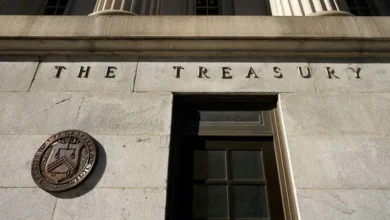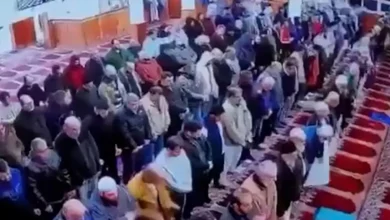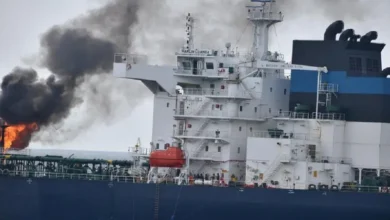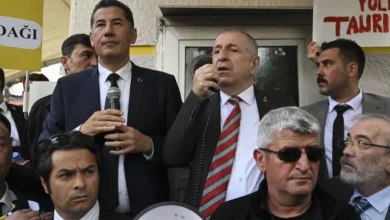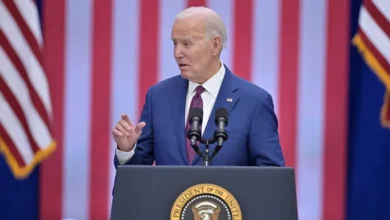Timeline: From Golan Heights strike to anticipated Hezbollah, Iran attacks on Israel
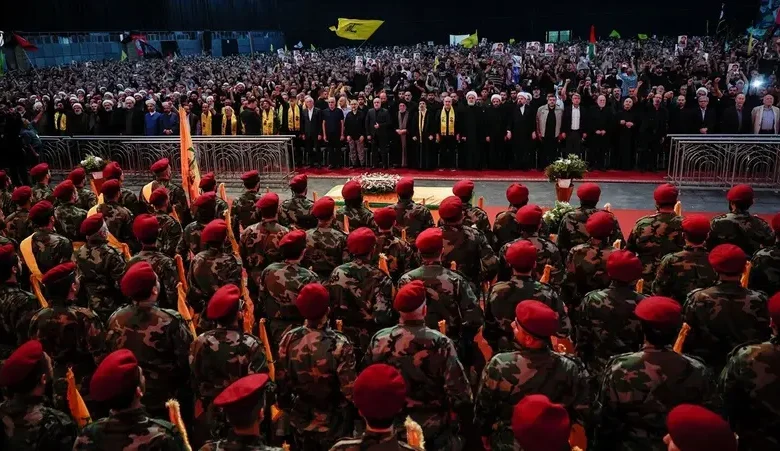
The Middle East is on edge as the region and the world anticipate an Iranian response to recent developments blamed on Israel amid the ongoing Gaza war.
Although the situation across the region has been volatile since Israel launched its assault on the besieged Gaza Strip in response to the October 7 Hamas attacks, fears of a full-fledged war increased in recent weeks.
Below is a timeline of how things recently unfolded:
July 27: A rocket strike hits the Druze town of Majdal Shams in the Israeli-annexed Golan Heights. Israel blames Lebanon’s Hezbollah for the strike that killed 12 youngsters.
Hezbollah, on the other hand, denies responsibility for the strike.
July 28: Israeli Prime Minister Benjamin Netanyahu returns from a trip to the US. Israel’s security cabinet authorizes Netanyahu’s government to decide on the “manner and timing” of a response to the rocket.
July 30: Israel responds to the Golan Heights attack by striking Beirut’s southern suburbs, killing senior Hezbollah commander Fuad Shukr, who it said was behind the Golan strike.
July 30: Hamas leader Ismail Haniyeh is in Tehran to attend the inauguration of Iranian President Masoud Pezeshkian.
July 31: Haniyeh is assassinated while in Iran. Israeli officials have not claimed responsibility, but Iran blames the assassination on Israel and vows response.
August 1: Hezbollah chief Hasan Nasrallah warns Israel that the party will respond to Shukr’s death.
August 2: US Defense Secretary Lloyd Austin orders the deployment of additional fighter jets along with additional ballistic missile defense-capable cruisers and destroyers to Europe and the Middle East in response to recent Iranian threats.
August 5: American personnel are injured in a suspected rocket attack against US and coalition forces at Ain al-Asad air base in Iraq as the region braces for a possible new wave of attacks by Iran and its allies.


